Image Gallery: War is Damaging Syria's Historical Castles and Landmarks
Ancient city from space
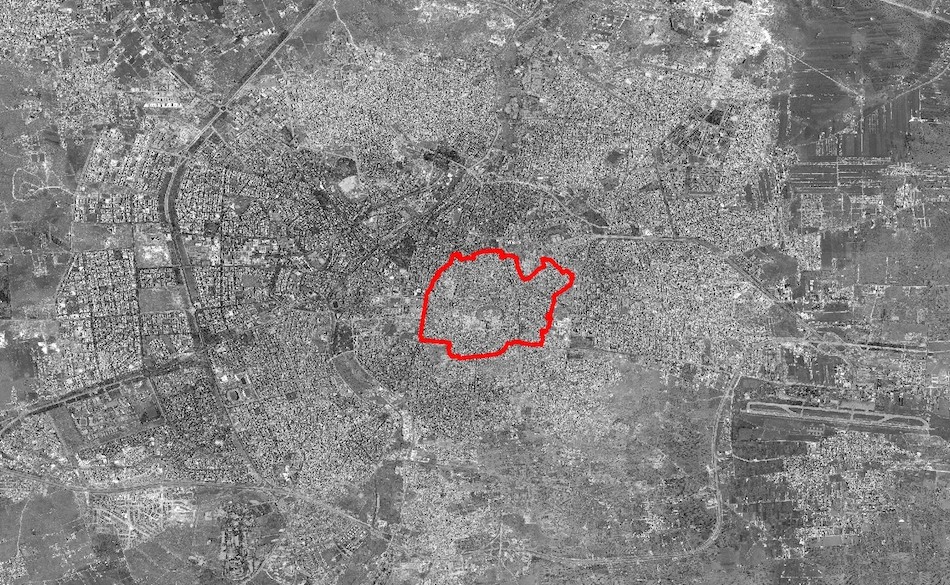
Buildings across Syria, including its World Heritage sites designated by the United Nations Educational, Scientific and Cultural Organization (UNESCO), have sustained extensive damage since the country's war began in 2011. A new satellite image analysis of before-and-after pictures show that five of Syria's six World Heritage "exhibit significant damage."Much of the damage has occurred in the ancient of Aleppo, outlined in the red boundary.
Syrian treasures

Researchers from the nonpartisan American Association for the Advancement of Science looked at these Syrian World Heritage sites by using satellite images taken before and during the war.
Before the damage
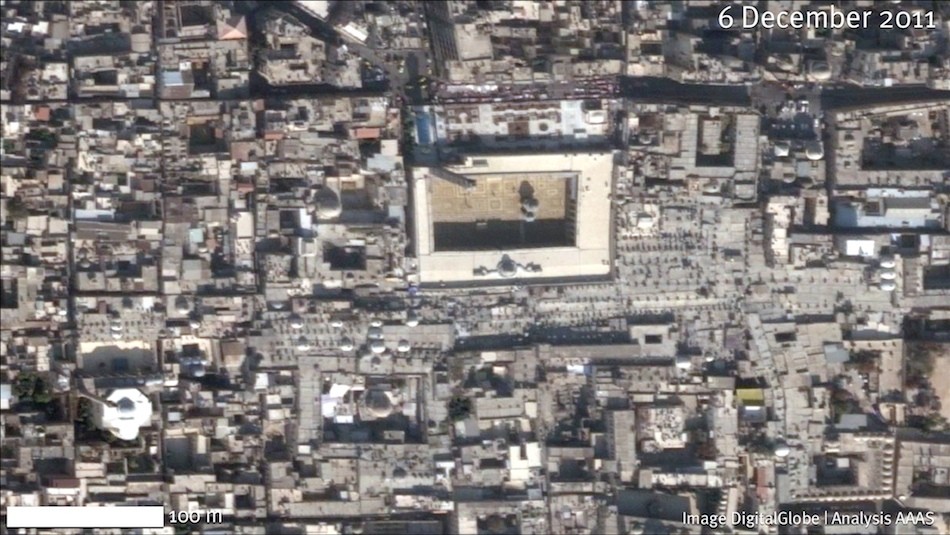
This satellite image, taken Dec. 6, 2011, shows the Great Mosque of Aleppo, called the Souq al-Madina mosque, before it was damaged.
After heavy fighting
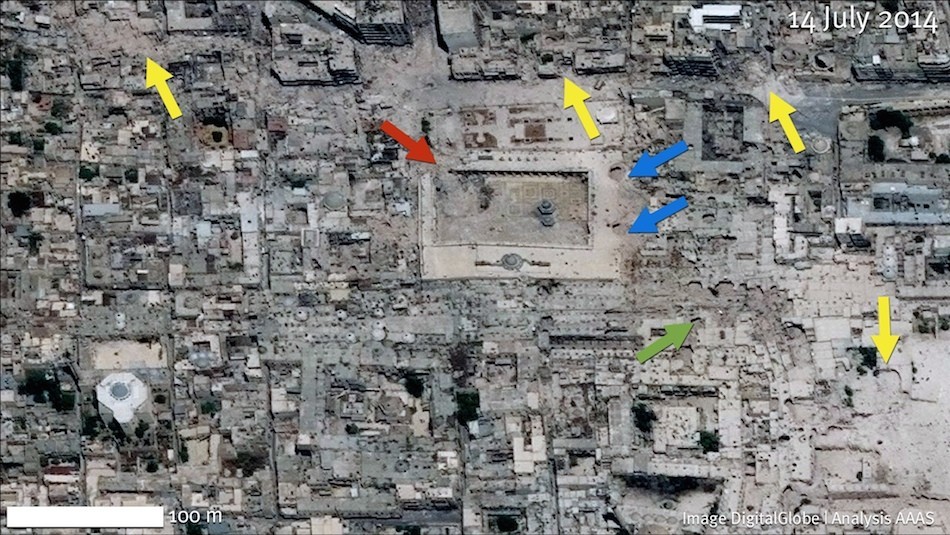
Taken only three years later on July 14, 2014, this satellite image shows the damage done to the Great Mosque of Aleppo. A minaret, a tall spire, is completely gone (red arrow), the roof is damaged (green arrow) and there are two craters on the eastern wall (blue arrows). The yellow arrows show damage on surrounding buildings.
Crumbling ruins
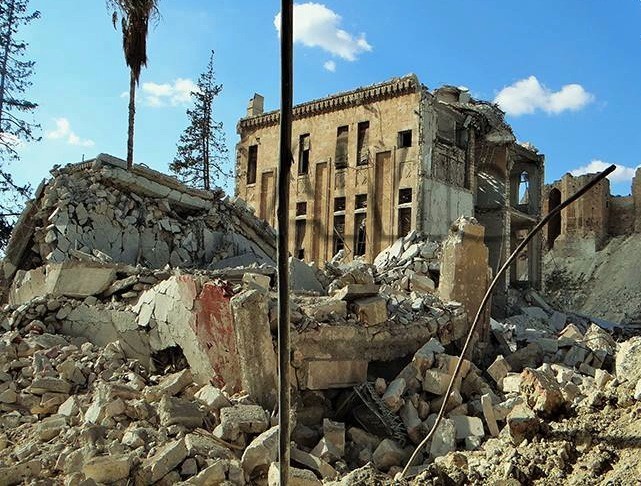
The Grand Serail in Aleppo, shown in a September 2014 photo. The Grand Serail is a government building that opened in 1933.
Roman theater
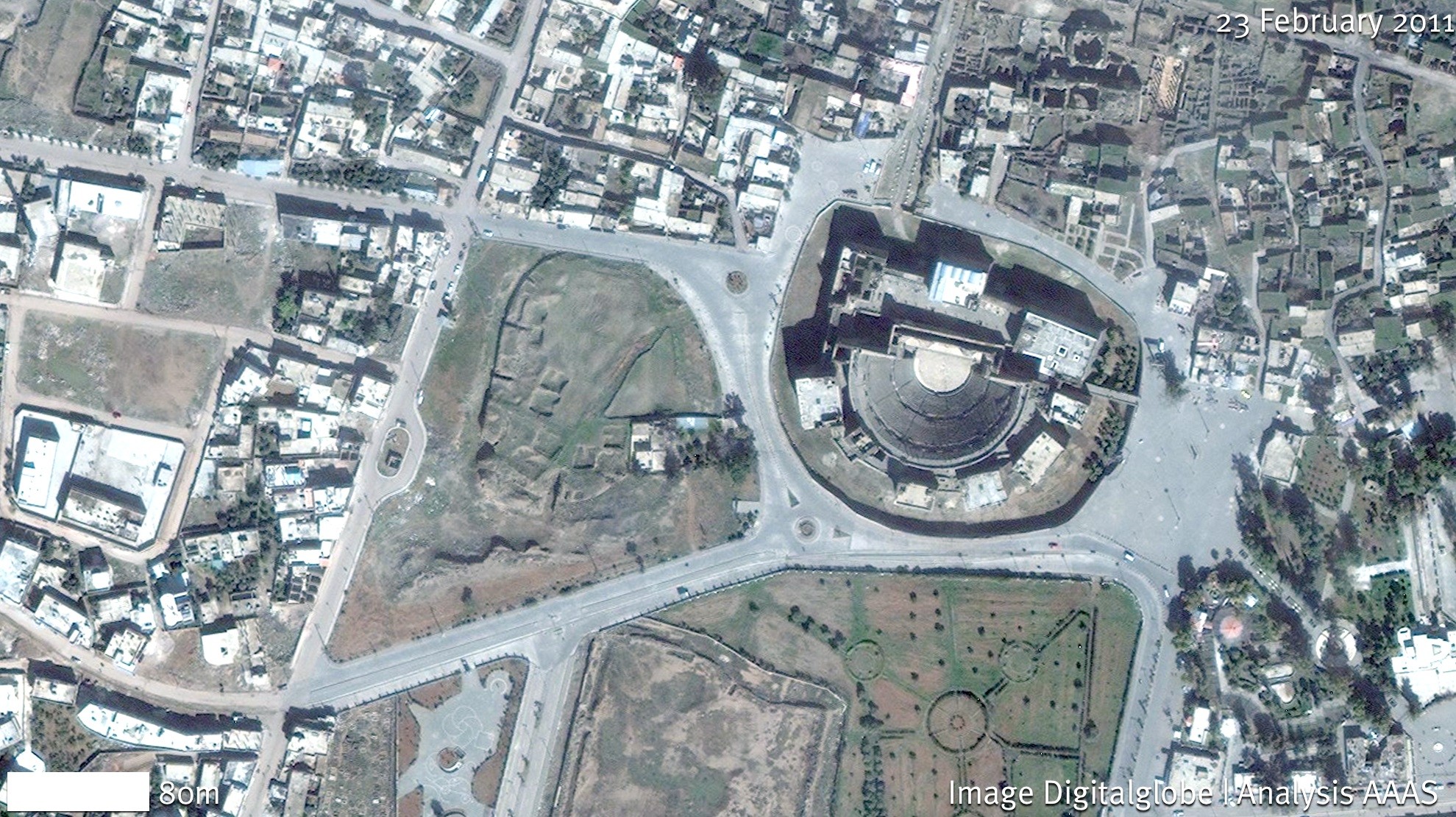
The Bosra Roman Theater, shown here on Feb. 23, 2011, a few weeks before the Syrian war began.
Visible damage

This April 29, 2014 satellite image shows new earthen ramps and berms near the Roman theater's east entrance, and a small hill on the west that is partially excavated (arrows).
Get the world’s most fascinating discoveries delivered straight to your inbox.
Before and after
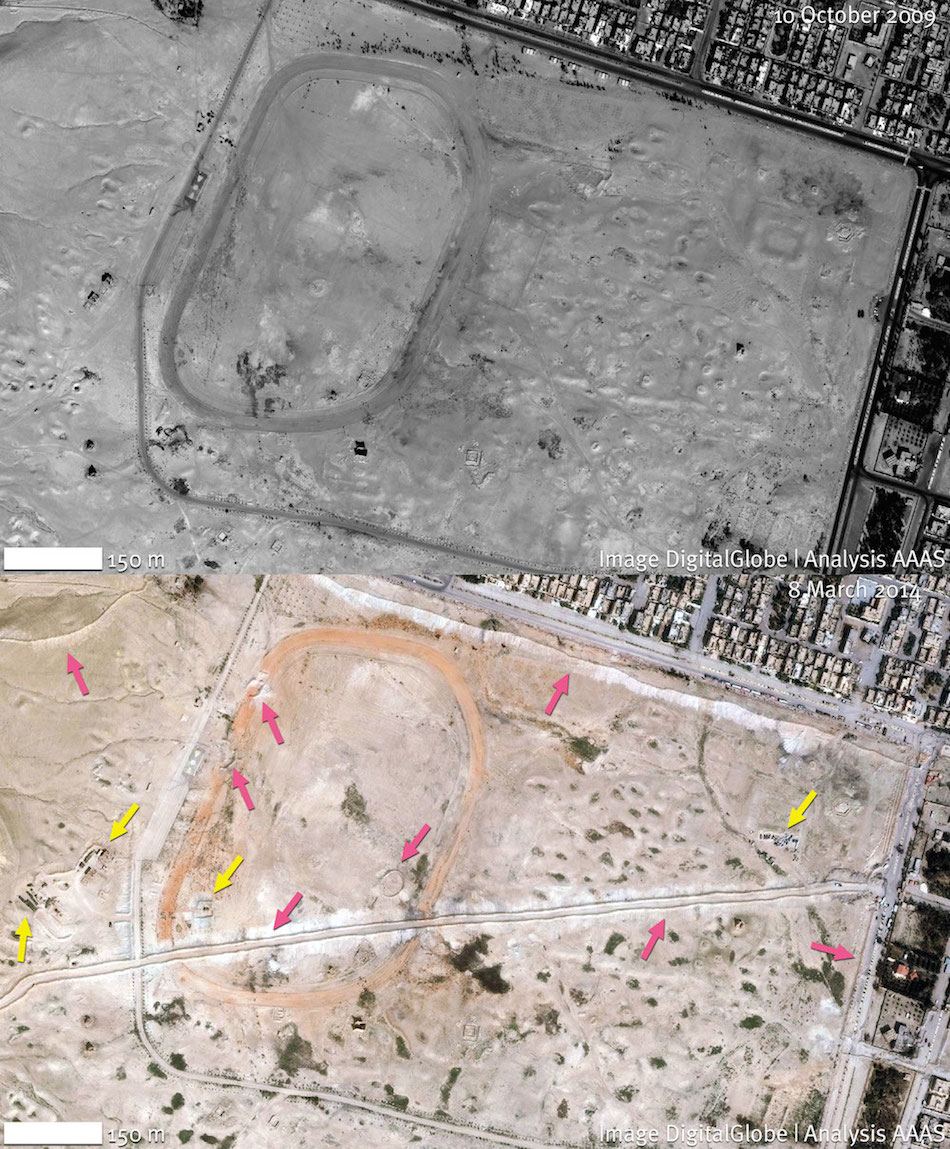
Palmyra's North Roman Necropolis was disrupted by roadwork and earthen berms (pink arrows) that protected military vehicles. The destruction happened between October 2009 and March 2014.
Crac des Chevaliers
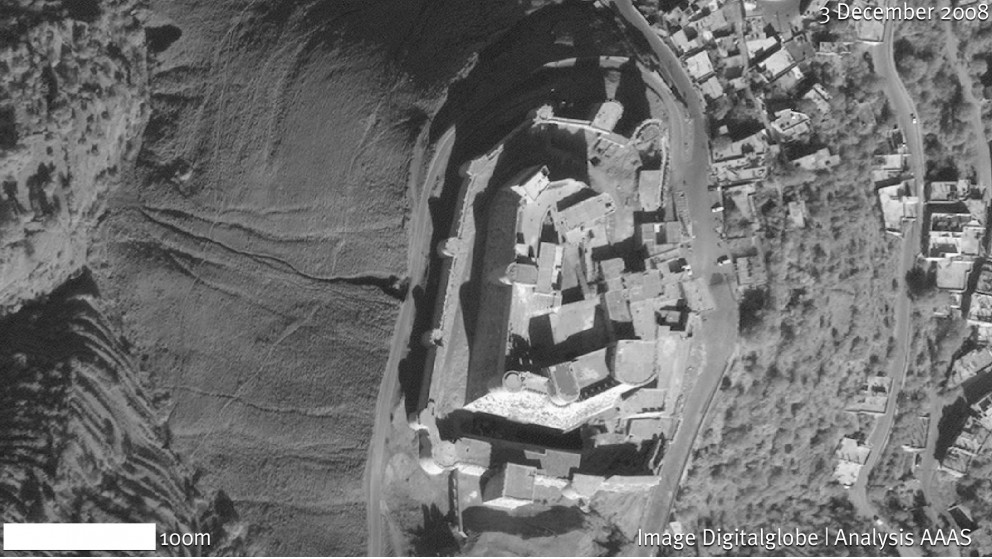
This Dec. 3, 2008 image shows the Crac des Chevaliers, a castle and World Heritage site that showcases crusader architecture. It was built by the Hospitaller Order of Saint John of Jerusalem from 1142 to 1271, with additions by the Mamluks in the late 13th century, according to UNESCO.
Damaged castle
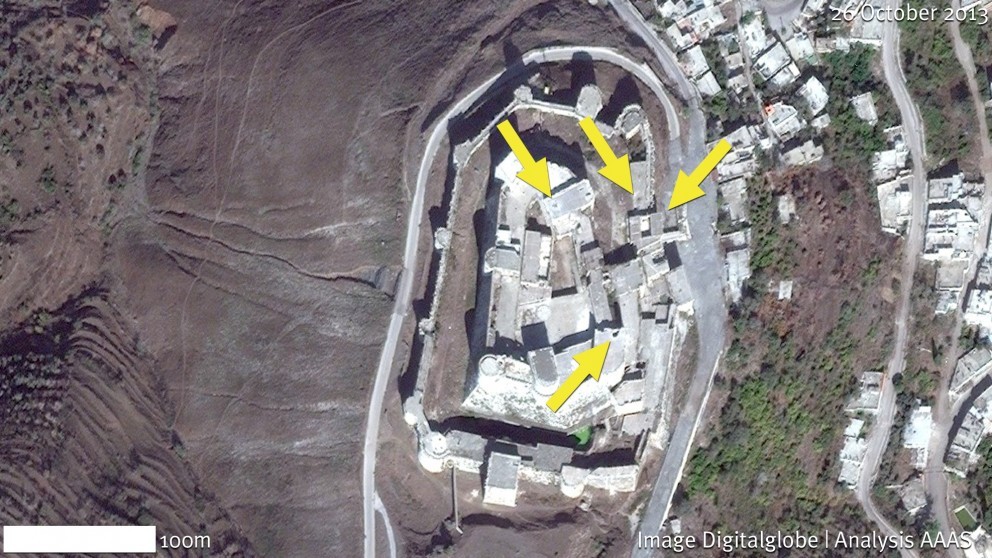
A satellite captured this image on Oct. 26, 2013, showing that the castle has structural damage and several craters (yellow arrows). The roof of the south turret is also damaged.

Laura is the managing editor at Live Science. She also runs the archaeology section and the Life's Little Mysteries series. Her work has appeared in The New York Times, Scholastic, Popular Science and Spectrum, a site on autism research. She has won multiple awards from the Society of Professional Journalists and the Washington Newspaper Publishers Association for her reporting at a weekly newspaper near Seattle. Laura holds a bachelor's degree in English literature and psychology from Washington University in St. Louis and a master's degree in science writing from NYU.


